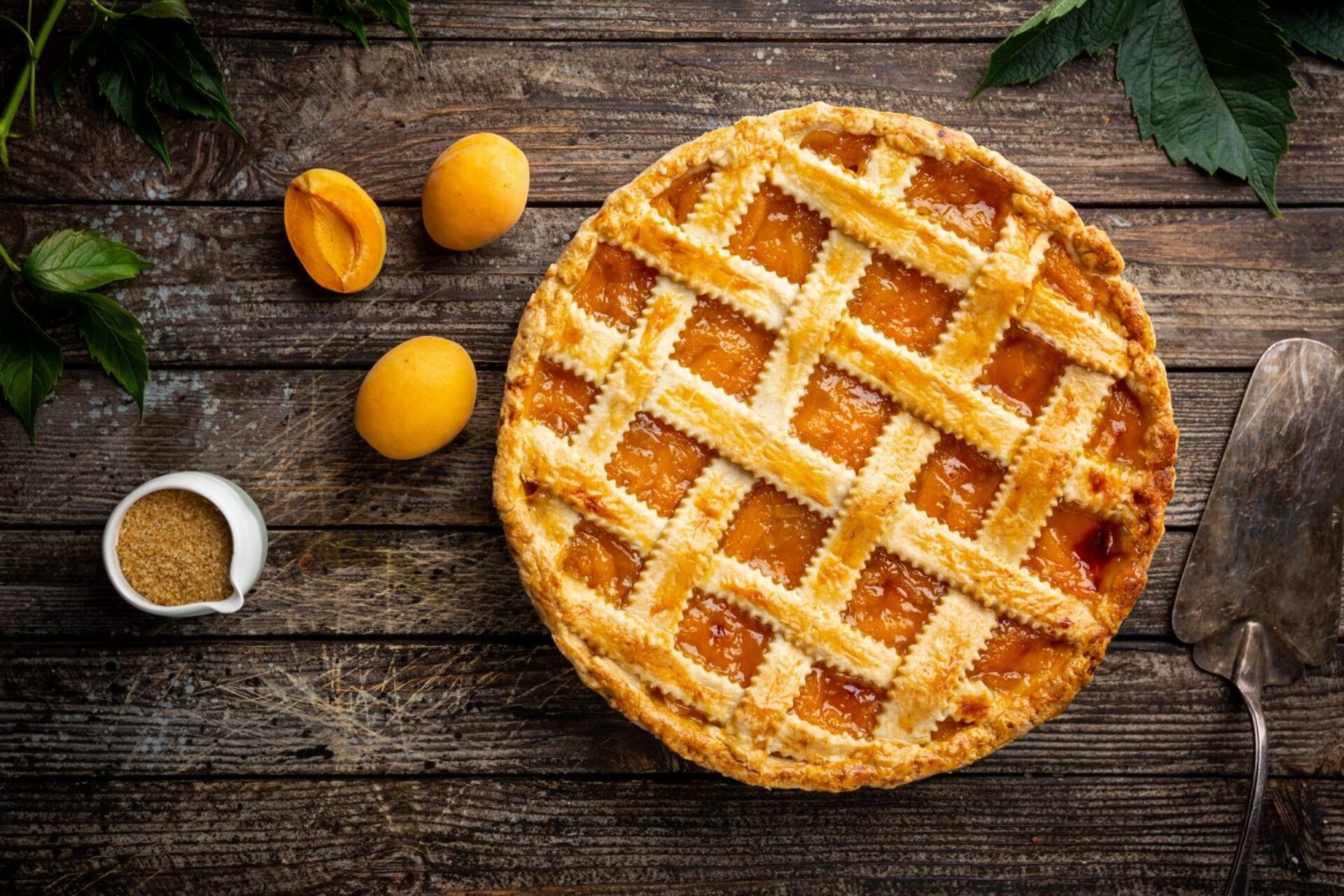Shortcrust Pastry is a form of crust that is commonly used as the basis for tarts, frittatas, and pies.
It is one of the most versatile forms of pastry as it can be moulded into many different forms.

What is Shortcrust Pastry?
A basic recipe for shortcrust pastry dough is being used to make pies, pastries, and quiches. It just requires four components: flour, oil, salt, and water, with a flour-to-fat proportion of four to one. Shortcrust pastry is simple to produce and maybe done manually or with the help of a food processor. Shortcrust pastry is simple to produce and maybe done manually or with the help of a food processor.


Use a tart tin made of metal
To achieve a very well cooked bottom on the tart, you should choose a metal tart pan instead of a ceramic one. Ceramic tart pans, although attractive, may result in moist bottoms.
Do not overextend
While preparing a tart pan, take caution not to lengthen the pastry since it will reduce in size and produce holes when cooked.

Mend the cracks
If the dough cracks when covering the pie pan, don’t stress; just damp the edges of the tear with your fingertips or a brush and carefully rub them together again to close the gap.
Allow for a little amount of overhanging
Allow a very little extra dough to hang around the edge of a pan to prevent the edges of a tart from contracting too low and producing spills. After it’s done, you may carefully trim the excess with a sharp blade.

Allow for a little amount of overhanging
Allow a very little extra dough to hang around the edge of a pan to prevent the edges of a tart from contracting too low and producing spills. After it’s done, you may carefully trim the excess with a sharp blade.
Keep an eye on the colour
If the crust starts to brown enough before the filling is done, lightly cover it with foil to prevent this from burning. A brilliant idea is to surround the sides with an inverted tart pan with the base removed to preserve them.

Let’s glance at the variations and the best ways to prepare for each strategy.
The Traditional Approach
This has been the most popular technique for making tarts, pies, tartlets, and biscuits.
- 500g flour with a low protein level
- 300g softened butter
- 200 g sugar
- 100g egg yolk
- 5 g salt
- Vanilla extract
- lemon zest, shredded

Slice the butter into tiny chunks and set aside to soften, then combine it with the sugar, yolk, flavours, and salt in a mixing bowl.
Flour mixture immediately and chill the dough for 30 minutes before using.
Whenever it relates to shortcrust pastry, it is indeed important to keep in mind not to overwork or over-knead the dough, since even if it is low in gluten (proteins), it becomes too stretchy when it falls into contact with fluids like eggs.


The creaming that creates the gritty texture, must be performed in a mixer fitted with a beater attachment; creaming by hand would have been too laborious. Begin combining the flour with cubed butter at low speed (the butter should be cold, never soft), throughout this stage, the flour granules are coated with fat, making the flour moisture resistant.
You’ll notice that flour and butter are combined to make a sand-like substance (very much identical to grated cheese, as to say).
Eggs, sugars, flavours, and salt are incorporated at this time. Your pastry will indeed be precisely kneaded in under a minute.


Method
In a mixer, combine the softened butter and thereafter incorporate the icing sugar. After that, whisk until the combination is frothy and very well whipped, then add the egg yolks, then the flour and starch. Spread the dough mixture onto a baking pan covered with baking parchment using a piping bag.
Final Thoughts on Shortcrust Pastry Recipes
Now that we know how to prepare the perfect shortcrust pastry to make some tasty pies – don’t hesitate to get in touch with us and let us know how you got on making your own! And check out our blog for more tasty articles!


